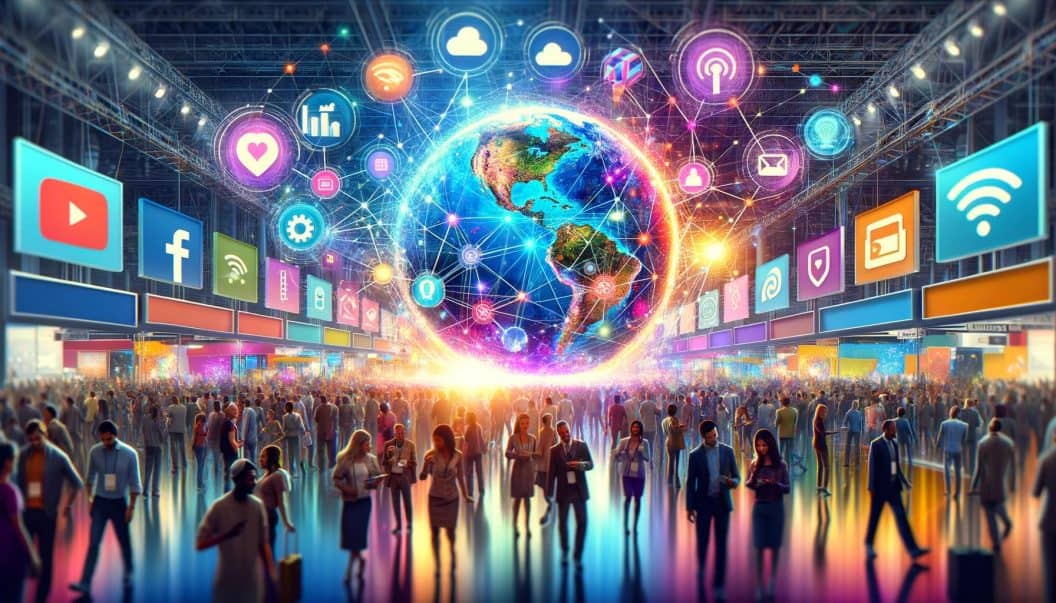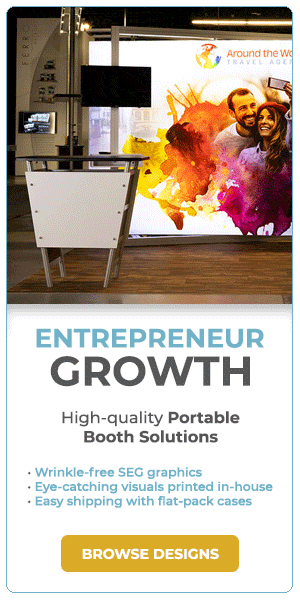Humans struggle with uncertainty, and nothing is more uncertain than the future. Uncertainty is painful. That’s why, especially in business, certainty is a hot commodity.
Creating a sense of certainty is what propelled Uber to take over the taxi industry. The real innovation of Uber, as Rory Sutherland points out, is not that you reduce your waiting time – the speed is about the same if you reserve a regular taxi – but that you can see your taxi’s progress on your phone. You know down to the minute when your ride will pick you up. In other words, Uber’s map reduces the pain of uncertainty.
The Difference Between Trends and Fads
Trends exist in some capacity to reduce the pain of an uncertain future. That’s a big reason why we are obsessed with trends. However, there tends to be some confusion between a trend and a fad. Adding to the confusion is the fact that some “trends” are symptoms of larger trends.
A trend indicates a growing tendency that might have long-term implications. Take Remote work as an example. Adopting computers and the internet in the early 2000s allowed for the possibility of working remotely, but the practice did not immediately become widespread. Over time, the practice steadily grew. Its long-term implications would be profound if widely adopted, influencing such commonplace things like office space design, corporate culture, technology investments, and even urban planning.
Trends don’t always accurately represent the future; they can be reversed. Remote work provides yet another example as the accelerated adoption of remote work during 2020 is now facing a backlash as more business leaders are urging their workers to return to the office.
On the other hand, fads are objects or behaviors that achieve short-lived popularity but then quickly fade away. They normally don’t have major implications in the long-term. Fidget spinners, for instance, became a global phenomenon, but, as is characteristic of fads, the craze vanished almost as quickly as it appeared.
Four Market Trends for Trade Shows in 2024
With that said, we have a new whitepaper detailing four legitimate trends we see emerging in the trade show and events industry.
As you can imagine, AI continues its march through every digitized tool, from laptops to smartphones to interactive displays. Furthermore, multi-channel mastery is a trend that has been around since the internet, but for brands who have yet to immerse themselves online, the hill to climb is getting higher and higher.
To see all the trends, get the free whitepaper below. Enjoy!

For more insights and award-winning event strategies, contact our team of event specialists to design the perfect exhibit to amplify your brand. Connect with a team member here or give us a call at (800) 343-2005.
Photo Credit: Dall-E



